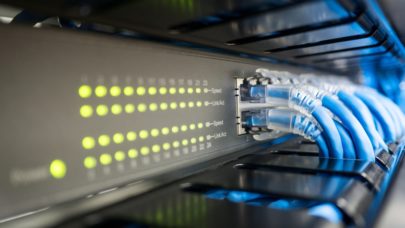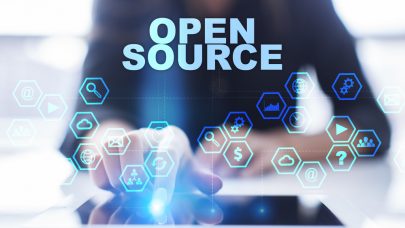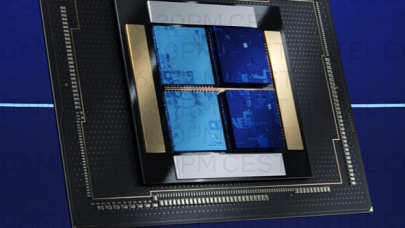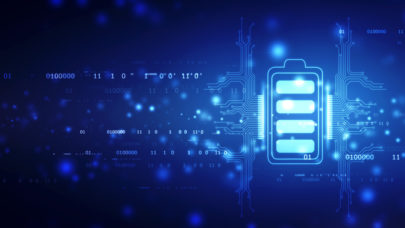May 2, 2024 — With an “Explore ACCESS” allocation, users can do just that: explore an array of resources to better understand each one. And that’s just what faculty at the University of Massachusetts Dartmouth did this past semester. The professors utilized an ACCESS allocation on the Anvil supercomputer at Purdue University to allow master’s and doctorate students to submit jobs using test problems.

“Hands-on usage of state-of-the-art computing facilities, such as those provided by ACCESS, provides a unique learning experience for our students – setting them up to make an immediate impact in their chosen field,” said Vijay Varma, an assistant professor of mathematics. “Our ACCESS allocation on Anvil has been an ideal and indispensable experience for the students.”
Varma said that the class was most recently taught in Fall 2024 and that the curriculum was based on a similar course he and colleagues taught using Stampede and Stampede2 at Texas Advanced Computing Center (TACC) from 2016-2022. Most of the students, Varma said, are pursuing master’s or doctorate degrees in engineering, physics, data science and mathematics. The course gave them instructions on how to use the batch environment called SLURM and how to compile, link and then run code on Anvil.
“We also covered topics like parallel programming, measures of algorithmic scalability and the best practices for utilizing shared resources,” Varma said.
No stranger to supercomputers, Varma has used an array of U.S. National Science Foundation machines over the years – including Expanse and Comet at the San Diego Supercomputer Center at UC San Diego, Bridges at the Pittsburgh Supercomputing Center and Stampede at TACC. As a computational astrophysicist, Varma conducts research on numerical relativity simulations of black hole mergers so that he can make gravitational wave predictions for detectors like LIGO at CalTech.
“When I learned about the “Explore ACCESS” allocations, it was a very natural choice for my class – which also includes my colleagues Scott Field and Alfa Heryudono,” Varma said. “We have all been very pleased with the rapid response from the technical staff – both with us as faculty as well as the students.”
For the students, Varma said that having access to a powerful machine like Anvil was a first-of-a-kind experience. He said that he’s now working with Field and Heryudono to incorporate virtual tours of the supercomputing facilities into the classes. First stop: SDSC’s YouTube channel, where students see how the Expanse supercomputer was built.
“We are excited to work with U Mass Dartmouth professors to share supercomputing with their students,” said SDSC Director Frank Würthwein, who is also a professor of physics at UC San Diego. “Sharing resources and knowledge about supercomputing with students attending R2 universities is a goal of ours and the Explore ACCESS grants allow us to accomplish that.”
Project Details
Resource Provider Institution(s): Rosen Center for Advanced Computing (RCAC) at Purdue
Affiliations: University of Massachusetts Dartmouth
Funding Agency: NSF
Grant or Allocation Number(s): SEE230009
The science story featured here was enabled by the U.S. National Science Foundation’s ACCESS program, which is supported by National Science Foundation grants #2138259, #2138286, #2138307, #2137603, and #2138296.
Source: Kimberly Mann Bruch, SDSC; ACCESS

























































